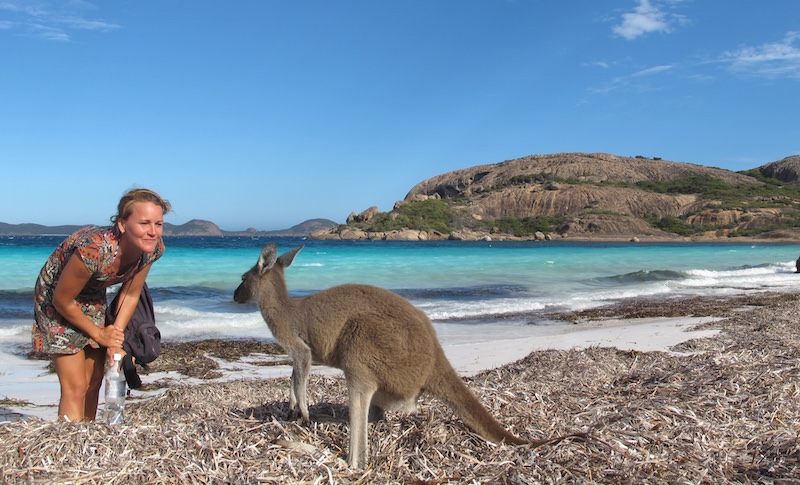
Many working holiday makers think about extending their stay in Australia or maybe returning for a longer period of time. The easiest option is applying for a second-year visa. In general, a working holiday visa is only granted once in a lifetime, unless you have worked in regional Australia for at least three months (88 days) in an approved job during your first working holiday. This can be, for example, farm work, but there are also several other options.
In 2019 the option of a third year visa has been introduced. If you want to apply for a third-year visa you must have worked for at least 6 months in a specified work in regional Australia. These 6 months work must be carried out on or after 1 July 2019, so you cannot apply for a third Working Holiday visa before January 2020.
You can apply for the second-year or the new third-year visa while you are still on your first one respective second and therefore while you’re still in Australia, or even years later, as long as you do so before your 31st birthday.
The formal requirements for the second visa are basically the same as for the first visa.
But with the additional requirement of specified work for at least 3 months (88 days) in regional Australia.
Specified work is defined as one of the following tasks.

Which areas are considered regional is determined by the Department of Home Affairs and depends on the state and the postcode. Currently, the areas listed in the following table are considered regional areas.
Additionally, Norfolk Island is considered regional Australia
Against the backdrop of the bushfires in 2019/2020, bushfire recovery work has been included into the definition of specified work.
Bushfire recovery work, including volunteer work, carried out after
31 July 2019, includes especially the following activities:
But be careful: The definition of what is considered as ‘regional’ is different from the postcodes shown above. Only bushfire affected areas are included.
Critical COVID-19 work in the healthcare and medical sectors, carried out after 31 January 2020 is now also considered as specified work. This includes:
For this kind of work, all of Australia is considered as ‘regional’. So, it does not matter where COVID-19 related work is undertaken to be eligible.

In order to be eligible for a second working holiday visa, you have to work in the above‑mentioned activities in regional Australia for a specified time. The required period is equivalent to the number of days that a full-time employee would normally work in a three month or 88 calendar day period based on standard conditions in the relevant industry. Anyone who has worked part-time must convert the worked time to the number of days which are equivalent to a full time job.
This does not have to be done in one go or for only one employer; you can combine several jobs here. As long as you’ve worked a total of at least 88 calendar days, this criterion is considered fulfilled.
In your calculation, pay close attention to how the contract is designed and what the industry-standard regulations are. Unpaid days may not be included in the calculation, for instance. If, for example, you could not work for a few days because of bad weather and you are consequently not paid for those days, or you have a contract saying that holidays and sick days are not paid, these days may not be counted towards the 88 days.
In case of any doubt, it’s probably better to play it safe and work there for a few extra days, so as not risk having your visa application rejected.